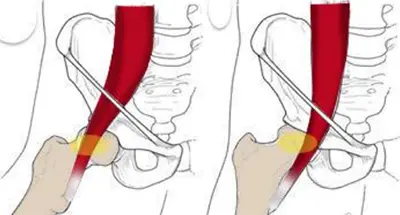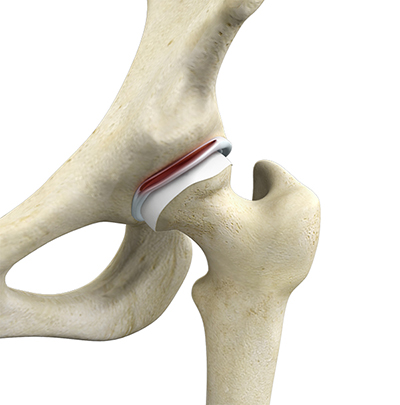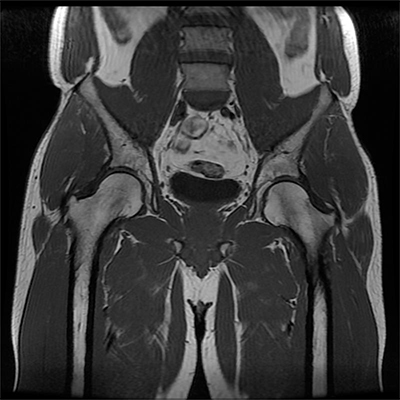Snapping Hip

What is Snapping Hip Syndrome?
Snapping hip syndrome, also known as dancer’s hip or coxa saltans, is a condition characterized by palpable or noticeable snapping in the region of the hip. The snapping in the hip is caused by the sliding of muscles and tendons over bony ridges of the hip. Five to ten percent of the population experiences snapping hip syndrome and usually feel no pain. When a person feels snapping and pain, experts believe that overuse is the most common cause of pain. Given this, painful snapping hip syndrome is common for dancers, track athletes, and in sports that require lots of movement in the hips.
There are two distinct forms of snapping hip syndrome: external snapping and internal snapping hip syndrome. External snapping hip syndrome involves the iliotibial band sliding over a bony ridge of the femur called the greater trochanter. While internal snapping hip syndrome is caused by the hip flexor sliding over the bony ridges of the front of the hip.

Causes of Snapping Hip Syndrome
Painful snapping hip syndrome is mainly caused by overuse where the muscles gliding over bony ridges of the hip become irritated. Sports that require lots of rotation, quick movements, and use extensive range of motion can illicit painful snapping hip syndrome.
Almost 90% of ballerinas experienced a form of snapping hip syndrome. The condition is slightly more common in women, and rarely occurs in sedentary populations. Snapping Hip Syndrome can be associated with other painful conditions:
- Bursitis
- Labral tears in the hip
- Muscular strain
- Femoroacetabular impingement
- Loose bodies
- Muscular imbalances

Symptoms of Snapping Hip Syndrome
Symptoms of snapping hip syndrome vary, and can include:
- Snapping around the hip
- Pain localized to the region that is snapping in the hip
- Feeling a “clunk” when performing a straight leg lift
- Apprehension to move the leg in extreme ranges of motion
- Irritation in the hip after activity

Diagnosis of Snapping Hip Syndrome
Snapping in the hip can be suggestive of a handful of different issues in the hip. There are a variety of tests that help clinicians determine a correct diagnosis and an effective treatment plan. Your doctor will carefully review your symptoms, medical history, and perform a physical examination. Diagnostic tests for Snapping Hip Syndrome include:
MRI Scan: This study uses a large magnetic field and radio waves to produce images that help in detecting damage to soft tissue. In some cases of snapping hip syndrome, an inflamed bursa can be identified on MRI.
CT Scan: This scan uses multiple X-rays to produce detailed cross-section images of soft tissues, bone, and cartilage structures.
X-rays: This study uses electromagnetic beams to identify the presence of stress fractures or bony deformities within the hip.
Ultrasound: This study uses high-frequency sound waves to produce images of the tissues.

Conservative treatments
Anti-inflammatory medication: Your doctor may recommend non-steroidal anti-inflammatory drugs (NSAIDs) to reduce pain and inflammation in the tissues.
Rest and Activity Modification: Reducing or modifying physical activity can provide the tissues near the area of snapping time needed to heal.
Ice or Heat: Applying ice or heat can help relax muscle and reduce swelling around the region of snapping.
Injections: Your doctor may recommend steroid injections or platelet-rich plasma (PRP) injections to reduce pain and promote healing.
Physical therapy: After a rest period, exercises are recommended to fix muscular imbalances.

Surgical Treatment
If conservative treatment methods are ineffective, and if the patient and physician feel necessary, surgical methods can be recommended. Below are possible surgical interventions for snapping hip syndrome:
- Iliopsoas fractional lengthening
- Iliopsoas bursectomy
- Iliotibial band release
- Iliopsoas tunnel deepening
- Gluteus maximus release
Depending on operative findings and procedures performed, rehabilitation from surgery can take several weeks to several months.
